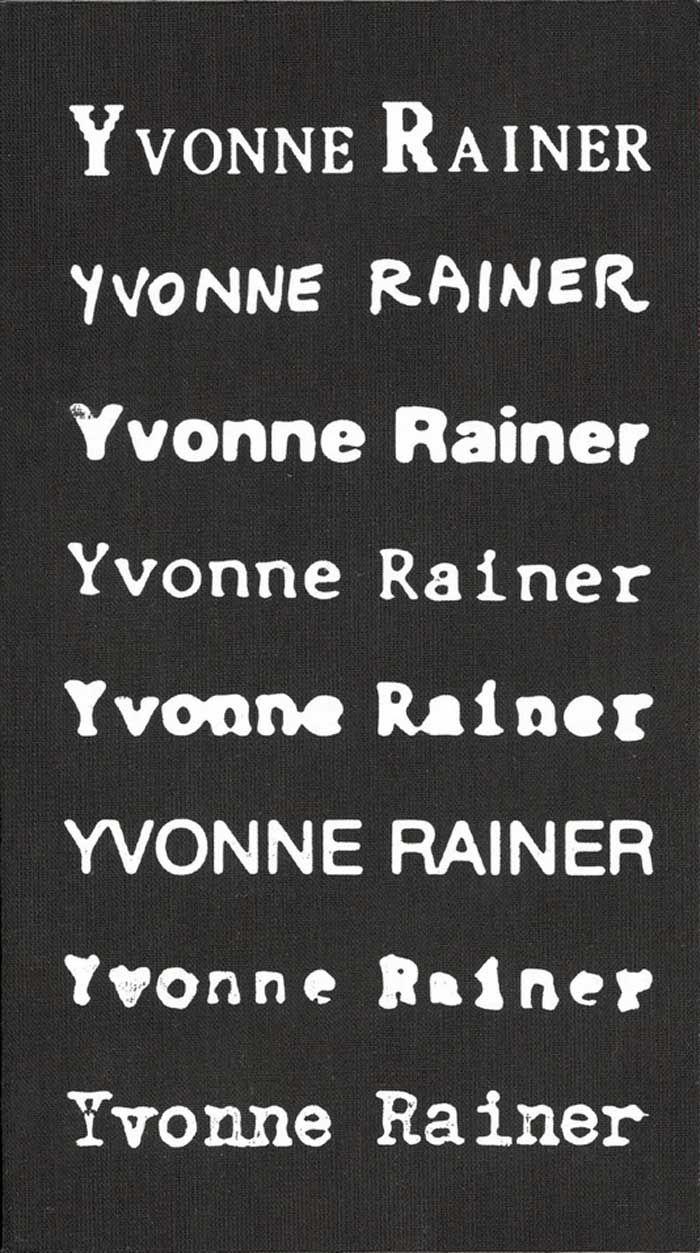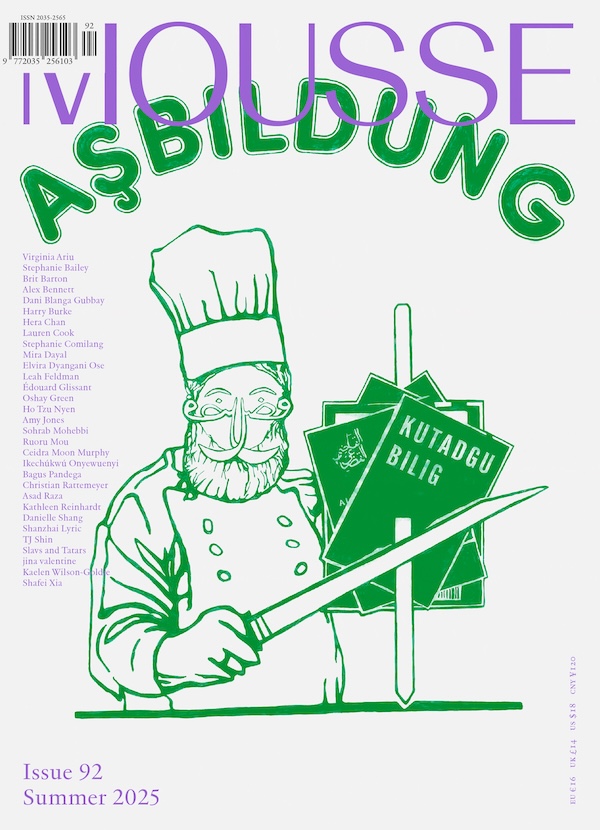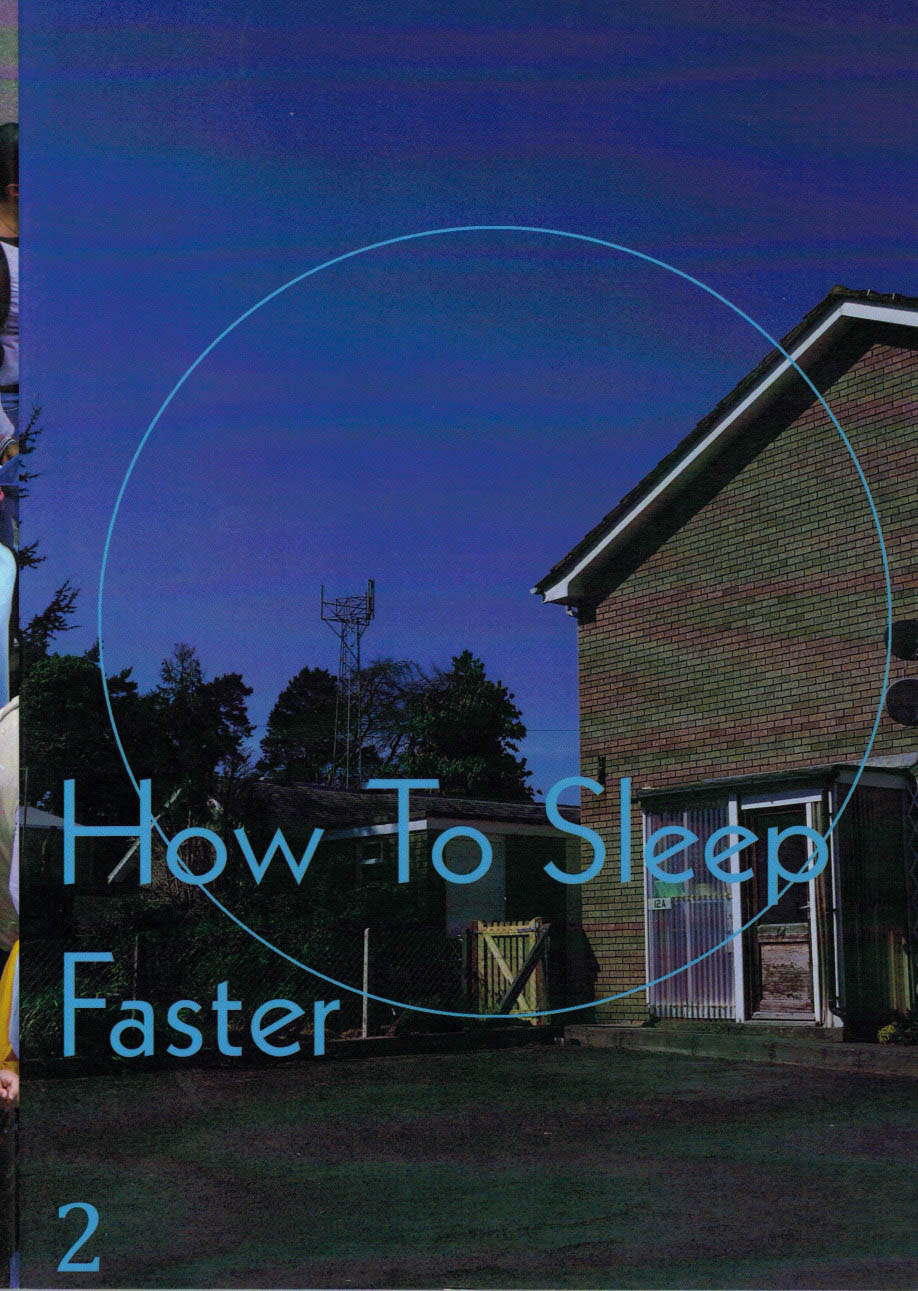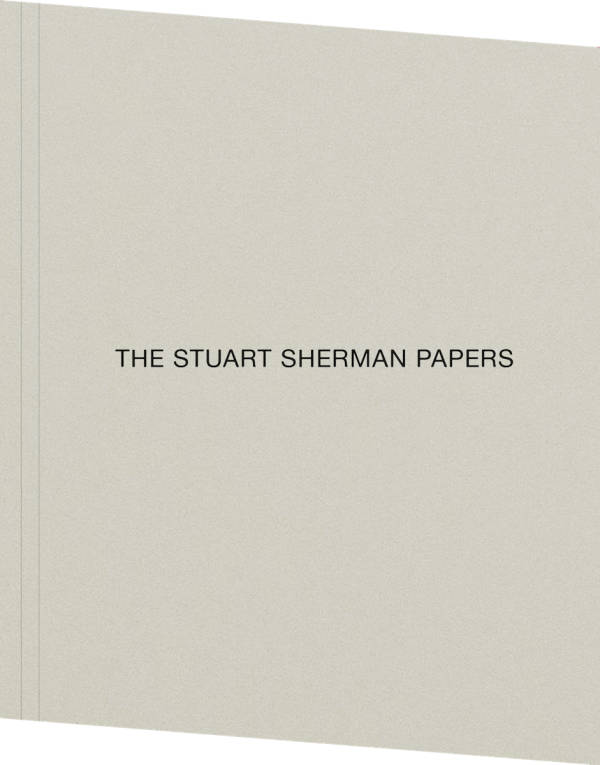
Steve Paxton: Drafting Interior Techniques
This book was published on the occasion of the exhibition Steve Paxton / Drafting Interior Techniques, a retrospective exhibition, in Culturgest, Lisbon, March-July 2019, co-curated by Joao Fiadeiro and Romain Bigé.
American dancer, choreographer and improviser Steve Paxton (b. 1938) has continuously been shaping the face of dance for more than six decades. Starting his dance career in the 1950s, he danced with José Limon and the Cunningham company, contributed to found the Judson Dance Theater and post-modern dance, invented two dance techniques (Contact Improvisation and Material for the Spine), while writing extensively about movement (more than a hundred articles since 1970) and relentlessly performing improvisation around the world.
Drafting Interior Techniques is the first retrospective look taken at his work and legacy. It is built around one of Steve’s obsessive questions: what is my body doing when I am not conscious of it? This question is a mantra through the exhibition, which offers the visitors to wander into the dancer’s workshop, not only to see dance, but to look at movement with the eyes of a dancer.
Contributions: Delfim Sardo, Romain Bigé, João Fiadeiro, Julie Perrin, Daniel Lepkoff, Bojana Cvejić, Alice Godfroy, Nancy Stark Smith, Hubert Godard, André Lepecki Yvonne Rainer, Martin Nachbar, Ramsay Burt, Bebe Miller, Patricia Kuypers.
Language: English







